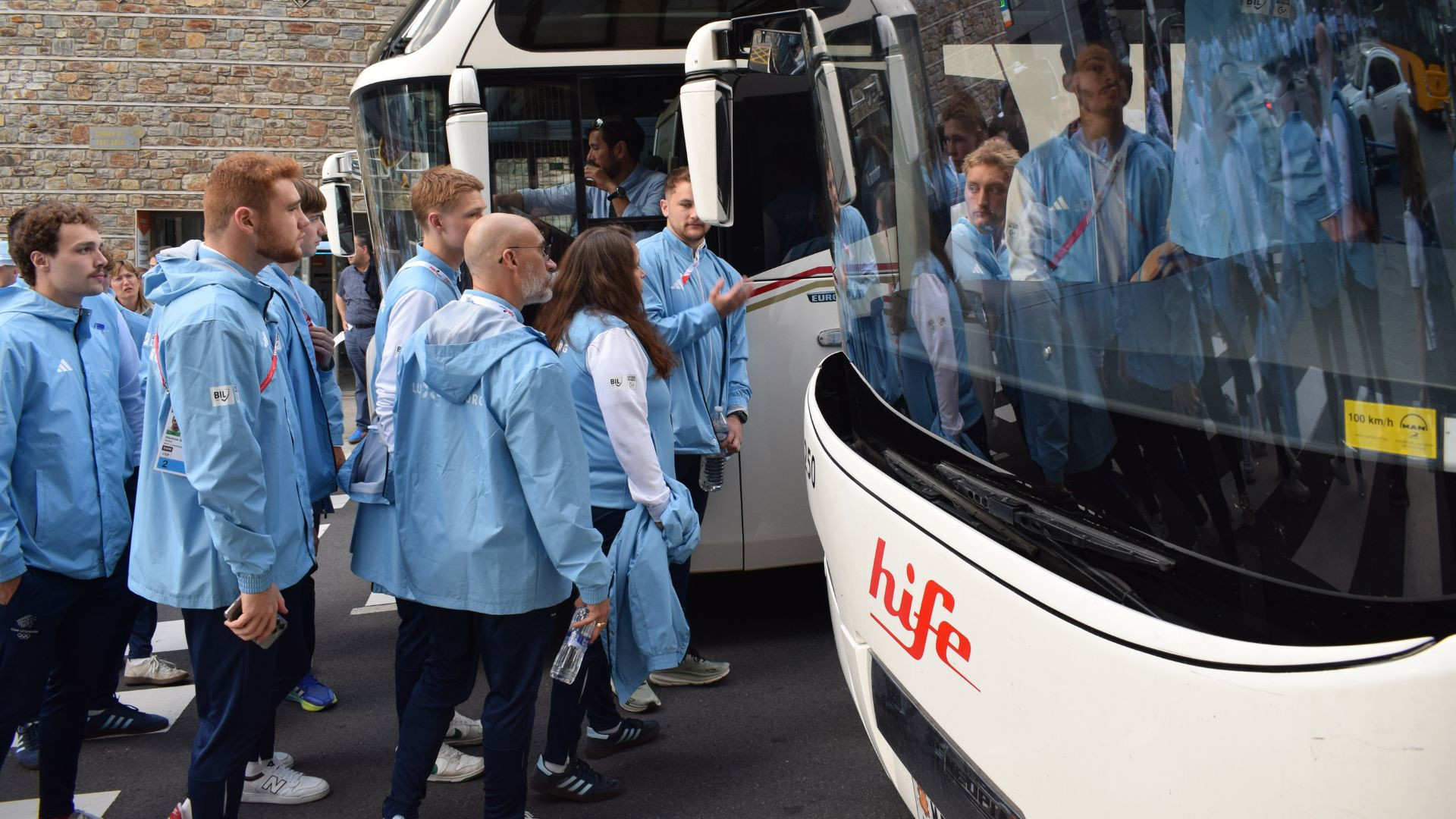
The commitment to using buses reduced the carbon footprint of the Games
The collective mobility system activated during the 2025 Games of the Small States of Europe significantly reduced urban traffic and pollutant emissions generated during the event. According to estimates based on the service’s operational data, the use of buses prevented the emission of 70 tons of CO2 in just seven days.
The system was designed and managed by the operator HIFE, in coordination with the Andorran Olympic Committee (COA), to facilitate the daily transportation of athletes, technical teams, and accredited personnel without relying on private vehicles. Twenty buses were deployed daily, covering more than 22,000 kilometers across six active lines, with over 40 strategic stops connecting sports venues, accommodations, and key locations such as the Council of Europe and the Dining Hall.
According to calculations, around 2,440 private car trips were avoided, equivalent to over 445,000 kilometers of urban travel not undertaken. Based on average vehicle emissions data, this resulted in a significant reduction of environmental pressure during the competition days.
The transport services operated from 7:00 a.m. to 11:30 p.m., in coordination with the event’s official schedule. The lines ensured access to key venues such as the Estadi Comunal, the Serradells Pavilion, the Ordino Center, and the Vallnord Bike Park, guaranteeing the daily operation of the Games without overloading the road network of the Principality.
The 2025 edition of the Games welcomed delegations from Andorra, Cyprus, Iceland, Liechtenstein, Luxembourg, Malta, Monaco, Montenegro, and San Marino, consolidating an organizational model that combines sports logistics with environmental commitment.